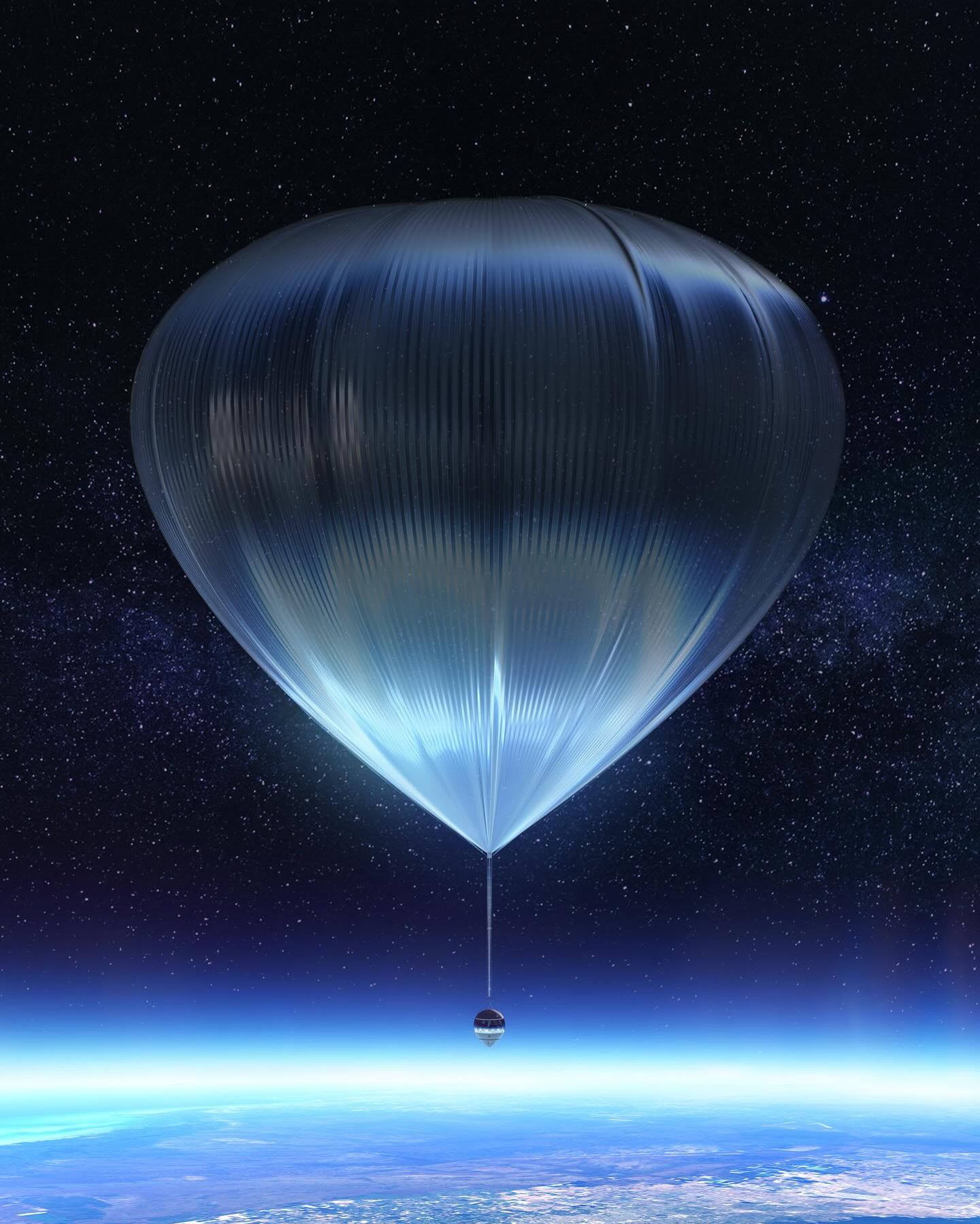This hydrogen balloon offers more "affordable" space tourism
Published by Cédric,
Article author: Cédric DEPOND
Source: Space Perspective
Other Languages: FR, DE, ES, PT
Article author: Cédric DEPOND
Source: Space Perspective
Other Languages: FR, DE, ES, PT
Follow us on Google News (click on ☆)

At the heart of this project is hydrogen, a renewable gas, playing a key role. Unlike helium, often used for balloons, hydrogen helps reduce production costs. This choice reflects a desire to make space tourism more sustainable. The capsule ascends slowly at a speed of 12 mph (19 km/h), allowing passengers to enjoy the view as they rise.
The test flight took place on September 15, off the coast of St. Petersburg, Florida. The capsule was launched from the Marine Spaceport Voyager, a vessel designed specifically for these launches. After a six-hour flight, the capsule landed in the sea, validating the launch mechanism and recovery systems.
Another innovative aspect of this project is the ergonomics of the capsule. Spaceship Neptune offers a spacious interior, similar to a lounge, with reclining seats and large windows. This configuration allows future passengers to have an almost 360° view to observe the Earth's curvature and the transition into space.
Although these balloons do not truly reach space nor offer a zero-gravity experience, they provide a unique journey in the upper atmosphere. Passengers will be able to admire spectacular vistas, such as the Great Wall of China or the Northern Lights, all in a secure environment without the physical constraints of traditional spaceflight.
The company aims to begin manned flights by 2025, with ticket prices set at $125,000. While this price may seem high, it represents a significant advancement compared to current offerings, where prices can reach several million euros.
Space Perspective and its competitor, World View, are poised to shake up the space tourism market. The combination of innovative technologies and an environmentally friendly approach could democratize access to space. If these projects come to fruition, space tourism could reach a historic turning point.